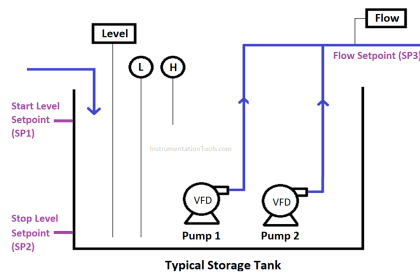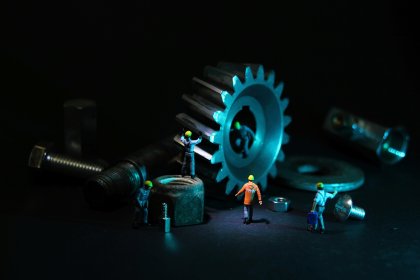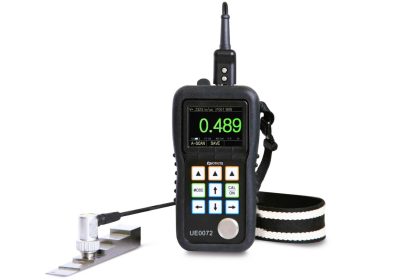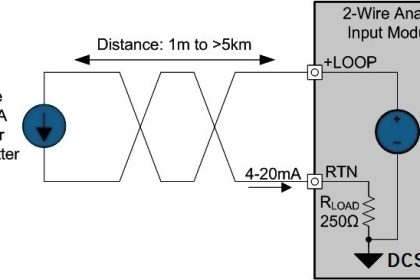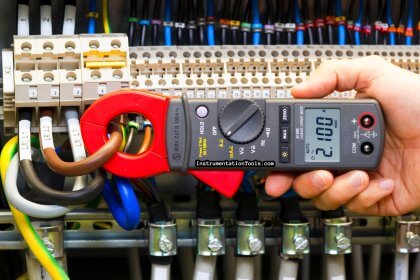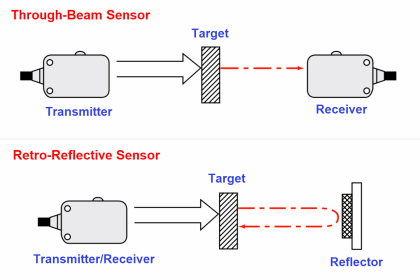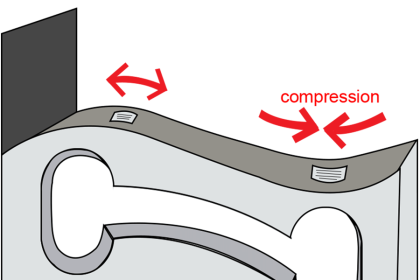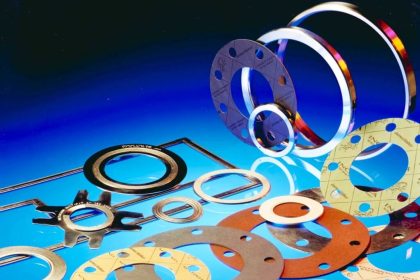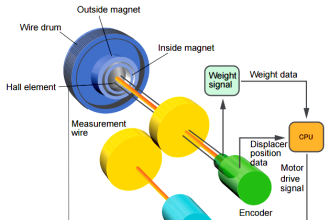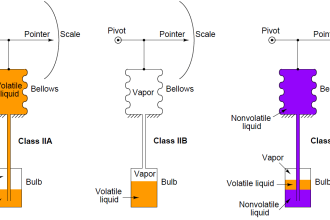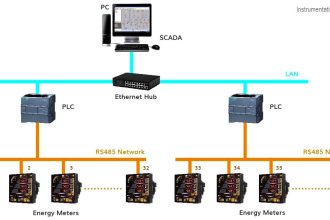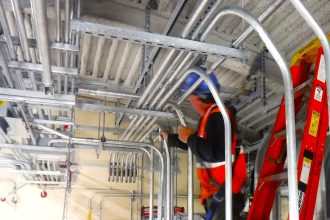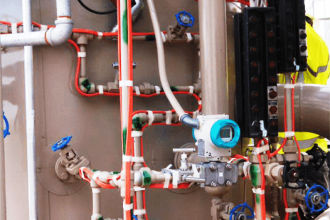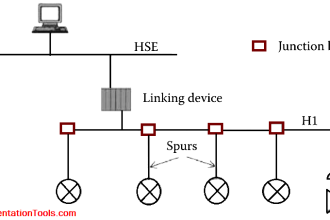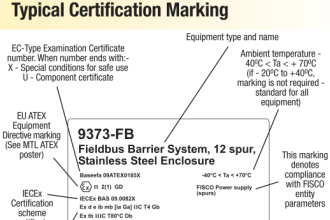Most industries need CNC machining services to get the desired machined part. Every part that gets manufactured requires a unique process, and it’s the same as the case with CNC machining.
The industry owners know this and therefore choose the ideal machining method. The two CNC machining methods popular for machining are CNC milling and CNC turning.
These two processes look similar but have different operations. Clients often get confused about which is the ideal method for their CNC machining needs.
This article focuses on the differences between CNC milling and CNC turning.
What is CNC milling?
In the CNC milling process, the machine combines the accuracy of computerized controls to rotate and position the multi-cutting tools.
As the raw stock progresses via pre-programmed machining operation, the tool will move along the three primary axes to cut the material. For complex machined parts, a 5-axis CNC milling machine works well.
In CNC mills, it keeps the workpiece stationary by holding it down on the machine bed with the help of a vice.
The multi-axis CNC milling rotates the workpiece to create better machining angles. It allows the machinists to produce complex parts. It does not require any manual change in the direction of the workpiece.
CNC milling methods
Here are some of the CNC milling methods:
Plain milling
Plain milling is also known as surface milling. In this milling process, a cutting tool gets used to remove the material along the surface of the workpiece. The rotation axis is parallel to the workpiece.
Face milling
Face milling uses a rotational axis that is perpendicular to the material’s surface. The cutting tool is faced down against the workpiece to remove the material.
Form milling
Form milling makes non-flat cuts like contours, curves, and more. Each type of curve requires a specific cutting tool to create a precise cut.
Angular milling
In this milling method, the cutting tool’s rotary axis at an angle to the workpiece surface to manufacture angular cuts as specified in the design.
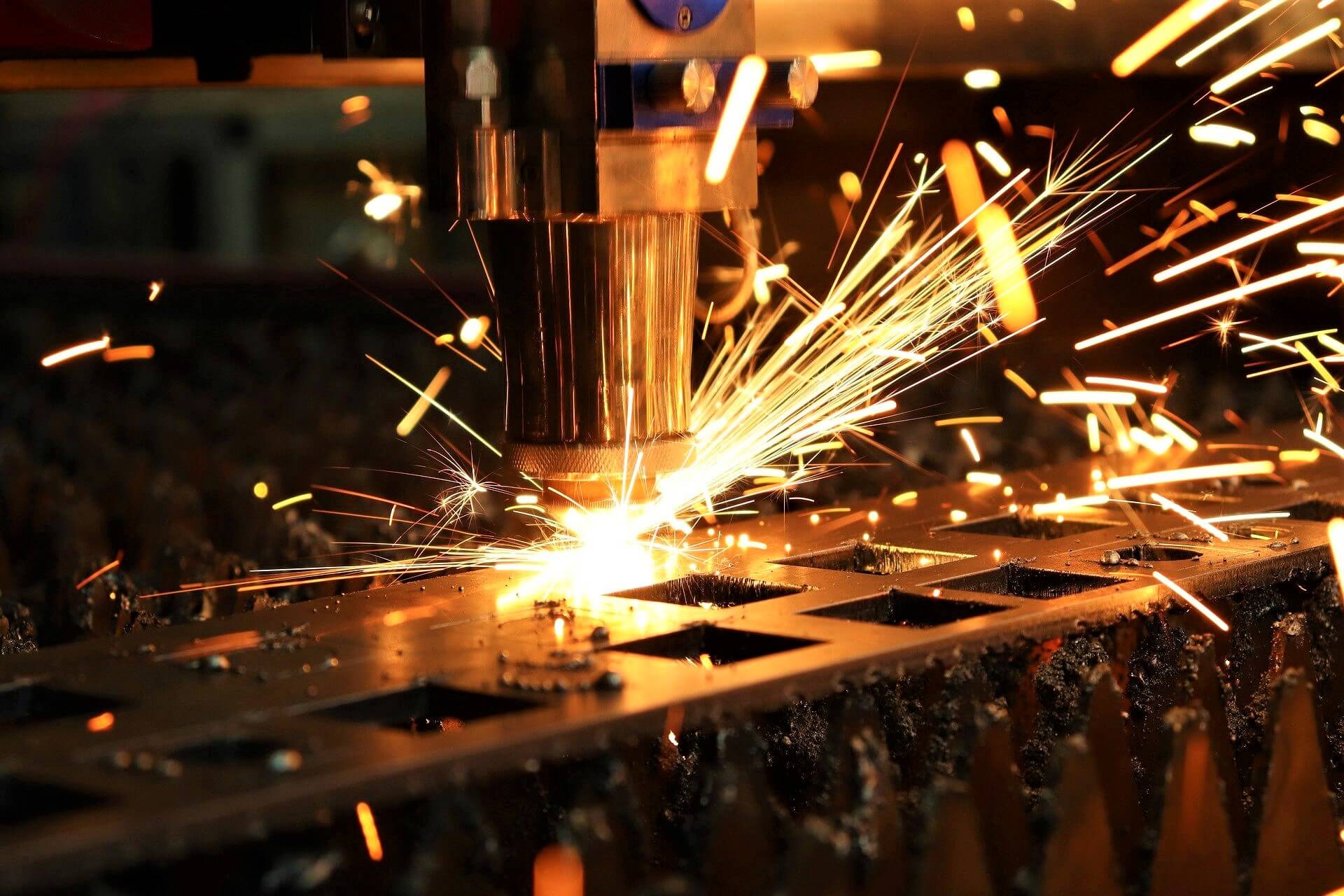
Parts manufactured with CNC Milling
Here is the list of parts that get manufactured by using CNC milling:
- Gears: CNC milling helps to produce straight and spiral gears for mechanical devices.
- Mould milling: Milling tooling made of steel allows for quick prototyping of the moulded parts.
- Medical devices: CNC mills are ideal for manufacturing surgical instruments, implants and other medical devices.
- Forming punches: CNC mills create other manufacturing material equipment that is required for forming punches for the sheet metal fabrication.
- Enclosures and housings: Electrical devices and other products can use custom-milled enclosures to protect the internal components.
What is CNC Turning?
CNC turning is a precision machining process where a CNC turning machine cuts the workpiece while it rotates to form a cylindrical shape.
The process gets done by using the machinery lathes, which trim down the diameter of the workpiece to the desired shape given by the manufacturer. The CNC turning process needs specialized experts and can only happen in CNC turning shops.
CNC turning can produce a wide range of shapes with axial symmetry. The structure contains disks, cylinders, cones, etc.
Some CNC turning centers are capable of polygonal turning, using special rotating tools to create shapes.
What are the types of CNC turning methods?
Various turning operations get utilized to cut different shapes for the workpiece:
Tapered-turning
In taper turning, a canonical surface gets created by the incremental reductions from one part to another.
Hard turning
Hard turning is the process of turning the workpiece harder than 45 HRC. Hard turning is ideal as the replacement for the grinding operations.
Boring
Boring is the process of widening the drilled hole in the workpiece by subtracting material using a single-point cutting bit. It gets used to cut holes of precise dimensions and tapered holes.
Drilling
Drilling is the process of creating a round hole in the workpiece to remove the material from it. The drilling gets done by firmly holding the standard drill press in the turret of the lathe.
Parts manufactured by CNC Turning
Here is the list of parts that get manufactured by CNC turning:
- Nuts and bolts: The accuracy of the CNC turning process makes it possible for items that take tolerances such as nuts and bolts.
- Ball joints: CNC turning is ideal for rounded connected devices such as ball joints.
- Nozzles: Nozzles are cylindrical with hollow insides, making them fit for the CNC turning process.
- Rollers: CNC lathes fabricate rollers with tight tolerances for industrial use.
- Turbines: CNC turning can produce round turbine blades that is suitable for the energy industry.
CNC milling versus CNC turning
The difference between CNC turning and CNC milling is that CNC turning is best suitable for round and cylindrical parts because it involves the rotation of the workpiece.
CNC milling is for complex parts because it involves the rotating of the cutting tool. Both these processes are apt for the CNC machining process. In the end, it comes to the type of part you desire and for which industry.
With this information, the customer can easily decide which option go-between CNC milling and CNC turning services for their machining process.
Author: Norm
